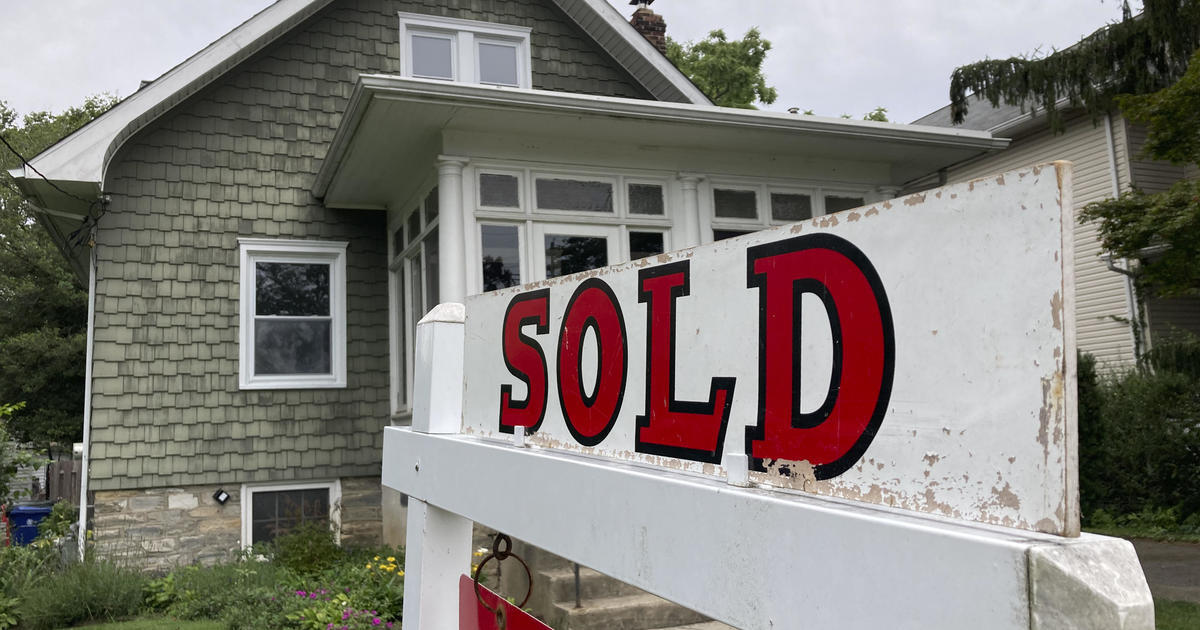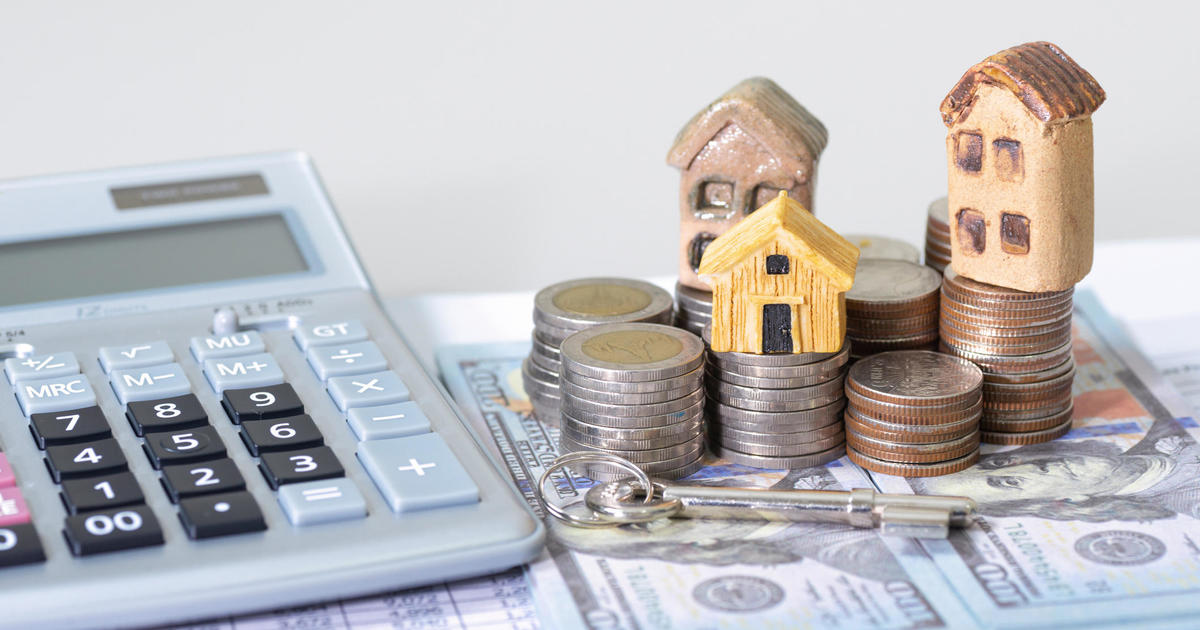Mortgage options for first-time homebuyers
With the cost of money -- interest rates -- at near historical lows and rents continuing to rise, buying a home may be the better deal for more people looking to move.
For sure, there's a lot to consider before venturing into home ownership. You should be committed to stay in the home for a few years, have a secure job with a reliable income and have adequate savings on hand.
But for many first-time homebuyers, the biggest obstacle is the down payment. A common rule is you need 20 percent of the purchase price as a down payment to get a mortgage. With the median price of an existing home at around $247,700, that works out to about $49,500.
That's enough to put home ownership out of reach for a lot of people, and it's likely part of the reason first-time buyers today represent just 30 percent of the total versus a historical average of 40 percent, according to the National Association of Realtors.
Still, first-time buyers can find some reasonable loan options that require lower down payments, some as little as 3 percent. Using a mortgage with a smaller down payment has advantages. You're less apt to spend all of your liquid savings on the down payment, therefore less likely to become "house poor." It's especially important to go into home ownership with adequate cash reserves for emergencies and unexpected repairs.
Here are a few of the most popular low down payment mortgage options.
FHA Loans: Offered through participating lenders, these mortgages have typically been the choice for most first-time buyers. The most popular FHA loan is the 203(b) loan, a government-insured loan that allows a down payment as low as 3.5 percent and is widely available from lenders across the country. You'll need a credit score of 500 (which is very low) and a history of making on-time payments on other loans. But condo purchases have some restrictions.
Home Possible mortgage: Issued through Freddie Mac, this loan allows a down payment of 3 percent to 5 percent. Requirements include that you use the home as your primary residence (no second homes, investment property, etc.), and you cannot currently own or share ownership in another house. You'll also be required to complete an online home ownership education program before you get approved.
Conventional 97: Issued through participating lenders, this mortgage program allows just 3 percent down, as long as you apply for a fixed-rate loan of less than $417,000. This can be used only for single-family homes. At least one of the purchasers must be a first-time buyer, and you'll have to complete a homeownership education program.
HomeReady loan: This mortgage loan is provided through Fannie Mae and is another option that requires as little as a 3 percent down payment. Its unique feature is that it allows nonoccupant borrowers to apply. So parents can apply for this mortgage for an adult child who might still be working on establishing or improving his credit.
Here's something to keep in mind when you get a mortgage with less than 20 percent down: You'll pay a higher interest rate (about 0.25 percent to 0.5 percent more), and the additional monthly cost of private mortgage insurance (PMI). But as long as your home is appreciating, it's possible to eliminate PMI in a few years by refinancing the mortgage.




